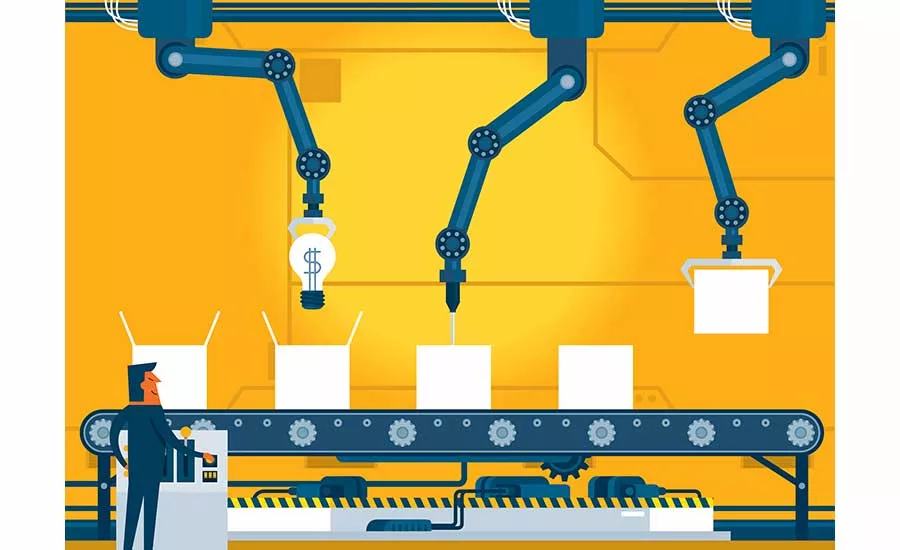Editor's Note
Industry still unsure how to embrace automation
Adoption of automation varies widely from processor to processor

At the recent PACK EXPO, findings from PMMI’s automation study were revealed, and they show a fragmented picture of where the industry is in terms of automation.
In looking at raw data, it seems as if there is no rhyme or reason as to who is adopting advanced automation. Some larger companies are definitely incorporating it into their operations, but not all are investing in new technology, yet. On the other side of the spectrum, some smaller companies, not typically seen as early adopters, are diving in deep. One example is Riverside Foods, which, in its very first step into automation, commissioned Bosch to install a fully automated line that cuts, conveys and packages its granola bars.
“I see automation as a marathon,” says Donna Ritson, president, DDR Communications, who presented the report’s findings.
Not everyone is starting in the same place. Some companies might be using legacy systems, as Wayne Labs discusses in his article in the latest installment of Food Engineering’s Automation Series. Sometimes, having out-of-date technology can be more of a barrier than having nothing at all. Employees, used to doing things one way, will have to be taught new procedures, and of course, there is the upfront cost of investment.
We are in a unique time, where technology is coming out at such a rapid pace that it sometimes takes a leap of faith to employ it, because the new way of doing things probably hasn’t been fully tested. And isn’t it always easier to go with the “devil you know than the devil you don’t know?”
But, for large businesses, there is the fear of the companies that are considered to be “nimble innovators.” These types of companies are typically smaller and thus can move faster, are not afraid to delve into the unknown and are not mired down with building up capacity to produce food and beverages that are not in high demand by consumers. So, through new technology, these types of companies are more able to reap the benefits of operational efficiency.
Plus, there’s the time-tested adage that there’s no stopping the future. Companies that learn to adapt and thrive in new environments survive, those that don’t, don’t.
The good news is that amazing new systems, equipment and services exist now to help food and beverage processors do what they do even better. They are designed to make processes easier and provide more insight and transparency of all operations involved. This transparency, as discussed more in our cover story, is increasingly becoming an expectation of consumers.
Looking for a reprint of this article?
From high-res PDFs to custom plaques, order your copy today!







